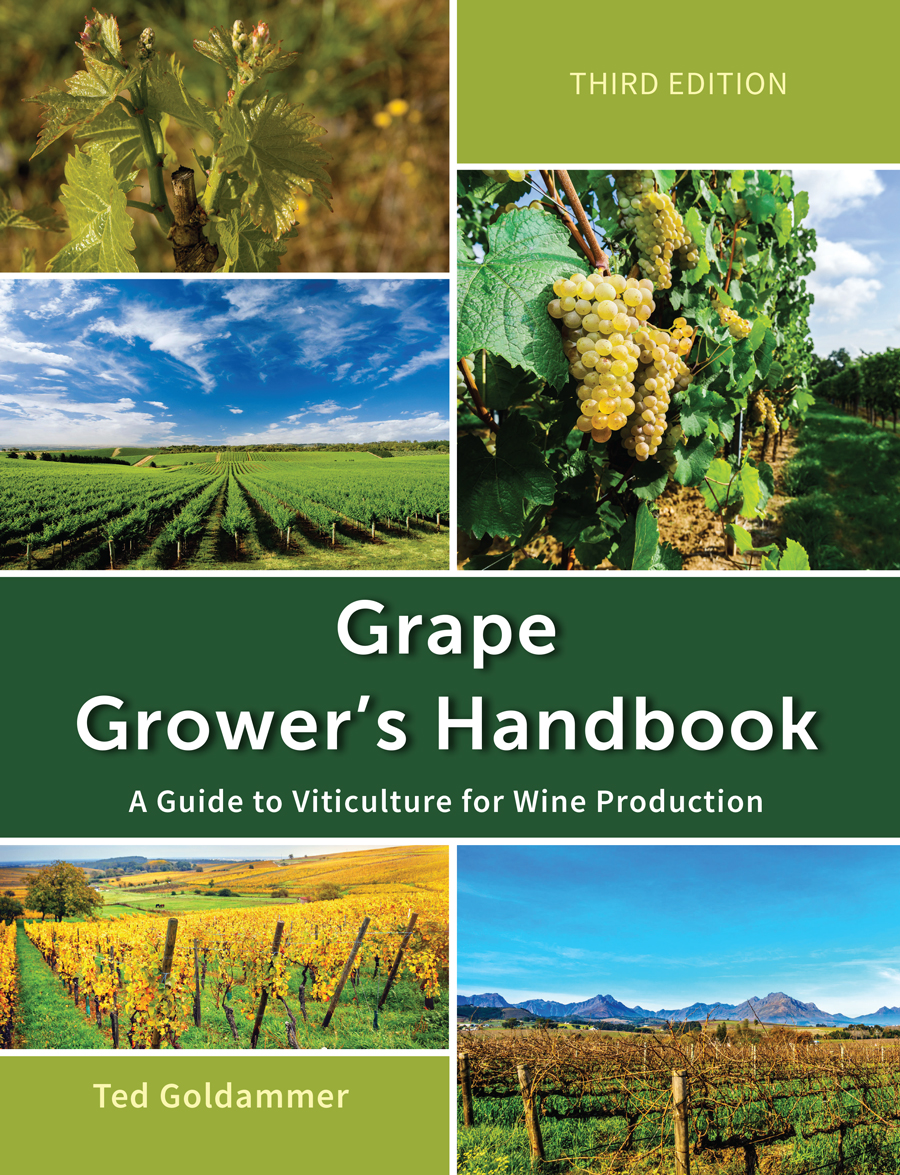Vineyard Weed Management
Weed Biology
Knowledge of weed biology is essential for development of both economically and environmentally acceptable weed management systems. Weed biology relates to plant attributes such as morphology, seed dormancy and germination, physiology of growth, competitive ability and reproductive biology. Concepts of population biology such as seedbank dynamics for annuals and root reserves, dormancy, and longevity of vegetative propagules for perennials can be used to predict weed infestations better and to evaluate sustainable management strategies.
Life Cycle of Weeds
A weed is defined as a plant out of place, or a plant growing where it is not desired. Weeds compete with grapevines for light, water, soil nutrients, and space. Weeds of vineyards are most often categorized by their life cycle. The most important thing one can learn about a specific weed is its life cycle. Knowledge of the life cycle is valuable when attempting to manage a specific weed because not all strategies are appropriate for all life cycles.
Annuals
Plants that complete their life cycle in 1 year are annuals. They germinate from seed, grow, mature, produce seed and die in 1 year or less. Annuals reproduce by seed only and do not have any vegetative reproductive parts.
Biennials
Biennial species propagate through seeds and have a two-year life cycle. They germinate and grow vegetatively during the first year, overwinter, and flower, set seeds and die during the second year.
Perennials
Perennials are plants that live for two or more years. Perennials can reproduce by seed or vegetatively. The plant parts that allow perennials to spread without producing seeds are stolons (creeping aboveground stems—e.g., white clover and strawberries); rhizomes (creeping below ground stems—e.g., milkweed, quackgrass); tubers (enlarged underground stems—e.g., potato, yellow nutsedge); and bulbs (underground stem covered by fleshy leaves—e.g., tulip).
Weed Seed Banks
Once a weed has produced seed and dispersed them in the soil, the majority of the seeds remain for a long period of time.
Weed Emergence
Weeds rarely emerge in a single uniform flush. Emergence for each weed species is based on a wide variety of factors depending on the weather, soil type, cultivation system, and cover crops.
Beneficial Weeds
The real and perceived status of plants as “weeds” can vary significantly between vineyards and regions because of differences in soil, climate, vineyard age, management practices, end use of the crop and the philosophy of individual grape growers. For example, grasses are often encouraged in cool climate vineyards on fertile soils where their competition for nitrogen is used to reduce excess vine vigor.
Click on the following topics for more information on vineyard weed management.

